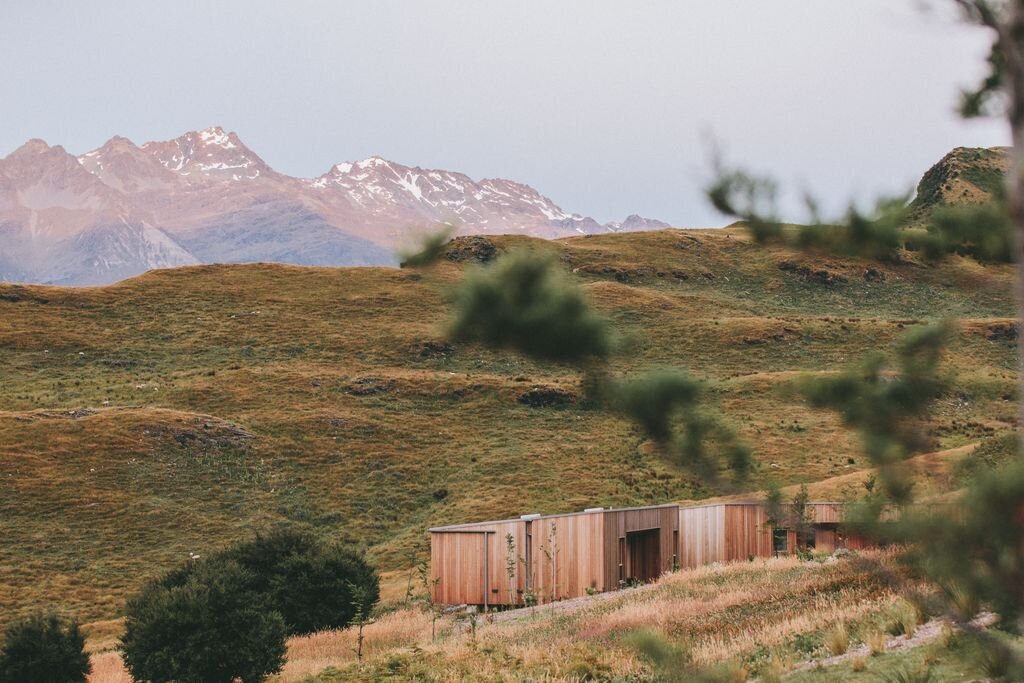
What We Do Is Hair

LOC SERVICES
LOCBATH
INVIGORATING SHAMPOO
DEEP CONDITIONER
COLOR
RETWISTING MAINTENANCE
TRIM
STYLING
TWISTING
UPDO
LOC REPAIR
The Creation of Locs
Well formed locs can be started by braiding, coiling, twisting, or palm-rolling hair. Locs go through a series of stages—about five—but the forming process happens during stage two, which is called the buttoning stage. "They can be created physically with: two-strand twists, interlocking, or the coil method."
The tighter the natural curl pattern, the faster the hair will lock. People with tightly curled hair may begin their locs with simple palm rolling, while someone with a looser texture may have to braid their hair to begin locs. It takes several months for locs to grow from the baby stage to the more rooted teenager stage, by which point they're "established or mature" Locs allow for a range of possibilities in styling, including playing around with color and sets. They can be formed in braids, twists, set on pipe cleaners, put into updos, cut into shorter lengths and more. Loc-wearers can be incredibly creative, adding hair jewelry and shells into their styles as well!
LOCS IN PROGRESS PLEASE BE PATIENT
〰️
TRUST YOUR JOURNEY
〰️
LOCS IN PROGRESS PLEASE BE PATIENT 〰️ TRUST YOUR JOURNEY 〰️
“We delight in the beauty of the butterfly, but rarely admit the changes it has gone through to achieve that beauty.”
DIFFERENT kinds of LOCS: Sisterlocks, Traditional locs, and Freeform locs.
Sisterlocks are more like microlocs; they're very small and the installation process is very LONG!
Traditional locs are most commonly created through palm rolling (or matting), or coiling.
Freeform locs are locs that have naturally formed without any or little manipulation with the new growth






